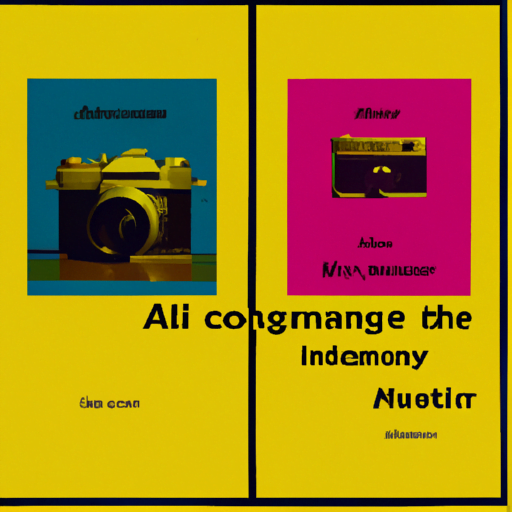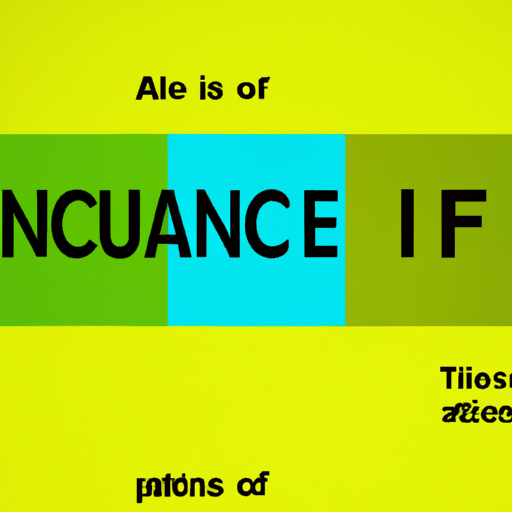
-
Table of Contents
- The Influence of Typography in Exhibition Posters
- The Importance of Typography in Exhibition Posters
- Case Studies: Typography in Successful Exhibition Posters
- 1. The Museum of Modern Art (MoMA) Exhibition Poster
- 2. The British Museum Exhibition Poster
- The Role of Typography Elements in Exhibition Posters
- 1. Font Choice
- 2. Font Size and Weight
- 3. Spacing and Alignment
- The Impact of Typography on Audience Perception
- 1. Legibility and Readability
- 2. Visual Appeal
- 3. Emotional Connection
- Conclusion
The Influence of Typography in Exhibition Posters

Typography plays a crucial role in the design of exhibition posters. It has the power to capture attention, convey information, and evoke emotions. In this article, we will explore the influence of typography in exhibition posters and how it can enhance the overall impact of an exhibition. Through examples, case studies, and statistics, we will delve into the various aspects of typography that contribute to the success of exhibition posters.
The Importance of Typography in Exhibition Posters
Typography is more than just selecting a font and arranging text. It is a visual language that communicates the essence of an exhibition. The right typography can create a strong first impression, attract the target audience, and effectively convey the message of the exhibition.
Here are some key reasons why typography is important in exhibition posters:
- Attention-Grabbing: Typography can capture attention and make a poster stand out in a crowded exhibition space. Bold and unique fonts can draw the eye and pique curiosity.
- Information Hierarchy: Typography helps establish a clear hierarchy of information, guiding the viewer’s attention to the most important details. By using different font sizes, weights, and styles, designers can emphasize key information such as the exhibition title, dates, and venue.
- Brand Identity: Typography plays a crucial role in establishing and reinforcing the brand identity of the exhibition. Consistent use of typography across various promotional materials helps create a cohesive and recognizable visual identity.
- Emotional Impact: Different fonts evoke different emotions. Typography can set the tone and mood of an exhibition, whether it’s playful, serious, elegant, or futuristic. The right choice of typography can create an emotional connection with the audience.
Case Studies: Typography in Successful Exhibition Posters
Let’s explore some real-life examples of exhibition posters that effectively utilize typography to create a strong impact:
1. The Museum of Modern Art (MoMA) Exhibition Poster
The MoMA is known for its innovative and visually striking exhibition posters. One notable example is the poster for the “Bauhaus: Workshops for Modernity” exhibition. The typography used in the poster reflects the Bauhaus movement’s principles of simplicity and geometric forms. The clean and bold sans-serif font conveys a sense of modernity and echoes the aesthetic of the Bauhaus era.
2. The British Museum Exhibition Poster
The British Museum often uses typography to create a sense of history and heritage in their exhibition posters. For the “Egyptian Treasures: The Secrets of the Pharaohs” exhibition, the poster featured typography inspired by ancient Egyptian hieroglyphics. This unique approach not only captured attention but also conveyed the theme of the exhibition effectively.
The Role of Typography Elements in Exhibition Posters
Typography elements such as font choice, size, weight, spacing, and alignment all contribute to the overall impact of exhibition posters. Let’s explore each element in detail:
1. Font Choice
The choice of font sets the tone and personality of the exhibition poster. Different fonts have different characteristics, and designers must carefully select a font that aligns with the exhibition’s theme and message. For example, a bold and modern font may be suitable for a contemporary art exhibition, while a classic serif font may be more appropriate for a historical exhibition.
2. Font Size and Weight
Font size and weight help establish a hierarchy of information in exhibition posters. Important details such as the exhibition title and dates are often displayed in larger and bolder fonts to grab attention. Supporting information, such as the names of artists or additional event details, may be presented in smaller and lighter fonts to maintain visual balance.
3. Spacing and Alignment
Proper spacing and alignment of typography elements ensure readability and visual harmony. Ample spacing between letters and lines improves legibility, especially from a distance. Alignment choices, such as left-aligned, centered, or justified, can create different visual effects and contribute to the overall composition of the poster.
The Impact of Typography on Audience Perception
Typography has a significant impact on how the audience perceives an exhibition. It can influence their expectations, emotions, and overall experience. Here are some ways typography can shape audience perception:
1. Legibility and Readability
Clear and legible typography is essential for effective communication. If the text on an exhibition poster is difficult to read, the audience may lose interest or miss important information. Designers must consider factors such as font size, contrast, and background color to ensure optimal legibility.
2. Visual Appeal
Typography can enhance the visual appeal of an exhibition poster. A well-designed and visually pleasing typography treatment can attract attention and create a positive impression. On the other hand, poor typography choices can make a poster appear unprofessional or uninteresting.
3. Emotional Connection
The right typography can evoke specific emotions and create a connection with the audience. For example, a handwritten font may convey a sense of intimacy and personal touch, while a bold and futuristic font may evoke excitement and anticipation. Designers must consider the emotional impact they want to achieve and select typography accordingly.
Conclusion
Typography plays a vital role in the success of exhibition posters. It has the power to capture attention, convey information, and evoke emotions. By carefully selecting fonts, considering hierarchy and layout, and understanding the impact on audience perception, designers can create compelling exhibition posters that effectively communicate the essence of an exhibition.
Remember, typography is not just about aesthetics; it is a powerful tool that can enhance the overall impact of an exhibition poster. So, the next time you design an exhibition poster, pay close attention to typography and unleash its potential to create a lasting impression.
